The clock is ticking on Windows 10 as the decade old operating system will lose official Microsoft support in October. A decade is a long time, and in the last 10 years Microsoft has garnered a huge install base that will shortly need to move over to the successor; Windows 11.
With that in mind, here's need to know about moving over to Windows 11 and what the end of Windows 10 means for your computer.
When does Windows 10 support end?
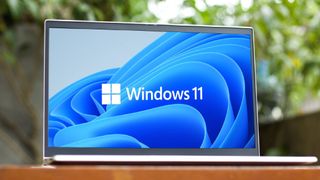
Windows 10 has been offered in several editions — Education, Enterprise, Home, Pro and Workstation — and all of those will stop getting official Microsoft support on October 14, 2025.
Starting on that date, PCs running Windows 10 will not receive security fixes via Windows Update. To extend that you'll need to pay Microsoft for an Extended Security Updates (ESU) subscription. Without it, future security flaws will not be patched, making them potentially vulnerable to attacks.
That ESU purchase will only get you a year of support though. Businesses and education systems get to add three years of support, as corporations likely don't want the hassle of transitioning after investing in the Windows 10 ecosystem.
One version of Windows 10 gets an exception to all of this, though. Anyone running Windows 10 Enterprise Long Term Servicing. There have been four editions since 2015 with the 2015 one ending support on October 14.
The 2016 version ends in 2026 and the 2019 edition, redubbed Long Term Servicing Channel (LTSC) will stop on January 9, 2029. Strangely, the LTSC 2021 edition only has a five-year cycle meaning it stops getting support on January 12, 2027.
Beyond that, if you insist on Windows 10, your PC will continue to run as normal, just a little more vulnerable.
Will Windows 10 support truly end?
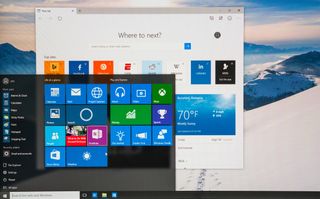
Unlike Windows XP, which received support until well after it ended support in 2014 or Windows 7 which still got some security updates up to 2021, Windows 10 may not got that kind of support.
Of course, the Microsoft End of Support page highly recommends an upgrade:
"Once a product reaches the end of support, or a service retires, there will be no new security updates, non-security updates, or assisted support. Customers are encouraged to migrate to the latest version of the product or service. Paid programs may be available for applicable products."
The difference between Windows 10 and its predecessors is that users of older version had the option to upgrade.
However, transitioning from 10 to 11 may be more difficult.
Windows 11 has a more restrictive hardware requirement as even more recent PCs might not have the required Trusted Platform Module that Windows 11 claims is necessary.
You can run Windows 11 on unsupported PCs, and Microsoft even has official instructions on how to do so via some technical loopholes and ominous warnings that updates aren't guaranteed.
Based on Microsoft messaging, it does not appear that Windows 10 will get the same post-life support that XP and Windows 7 received.
What are your options
Simply, there are five options available to you right now.
- Buy a new Windows 11 PC
- The obvious one is to upgrade to a new PC, something that not everyone will have the money or will to do.
- Upgrade your operating system
- If your PC supports it, transition from Windows 10 to Windows 11 before support ends
- Install Windows 11 on an unsupported PC
- It's doable, though Microsoft warns that there may be malfunctions
- Keep chugging along on Windows 10
- Maybe your computer is more vulnerable to attack but Windows 10 won't stop working any time soon.
- Install a non-Windows OS
- Linux is out there, waiting for the curious. And there are other bootstrap systems you can try like ChromeOS Flex.
More from Tom's Guide
- VPN feature axed from Microsoft Defender
- Microsoft just announced that it's bringing DeepSeek R1 models to Windows 11 Copilot+ PCs
- Microsoft introduces new Intel-powered Surface Laptop 7 and Surface Pro 11 Copilot+ PCs
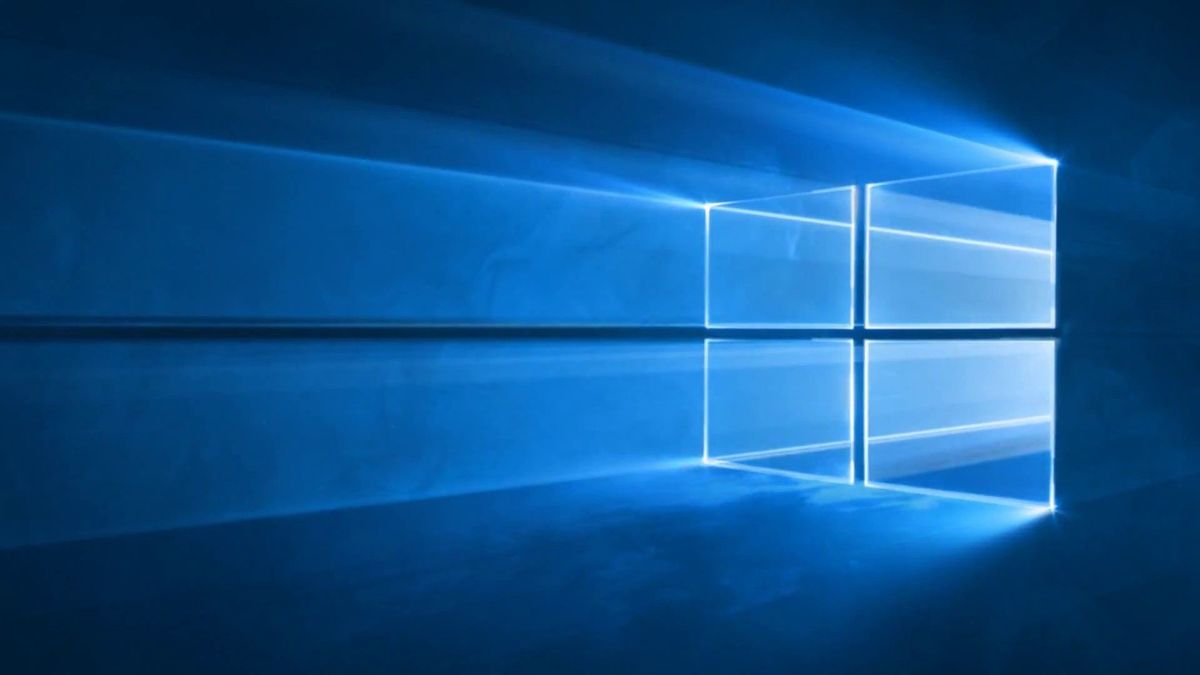
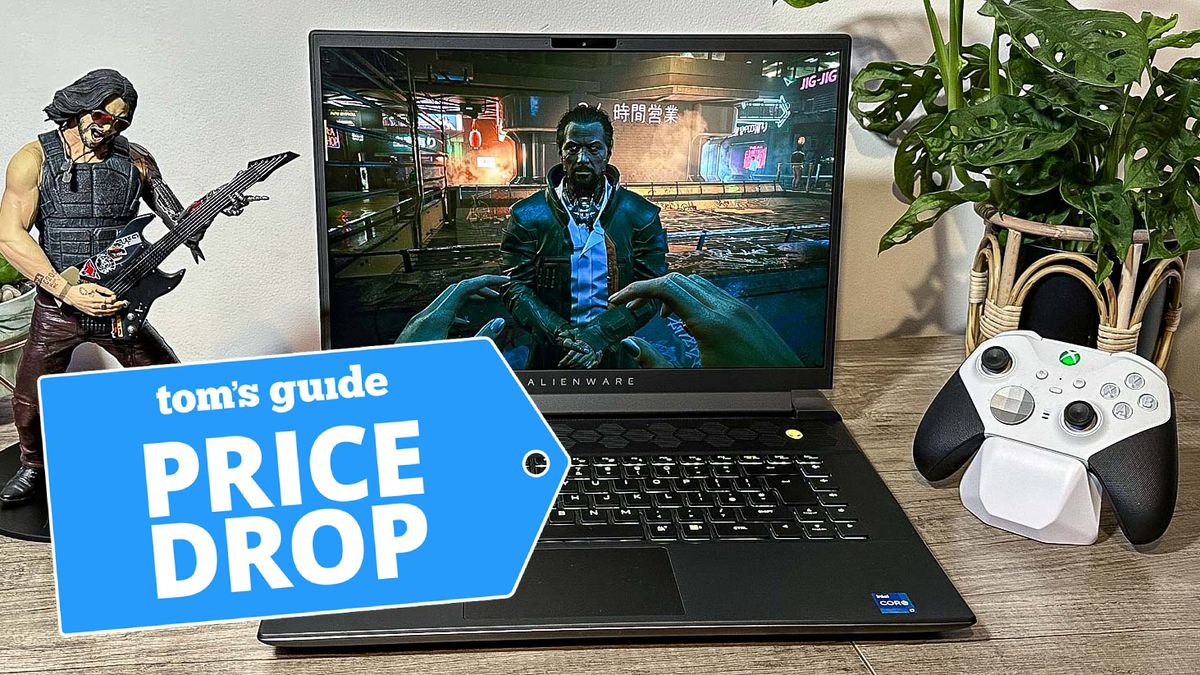





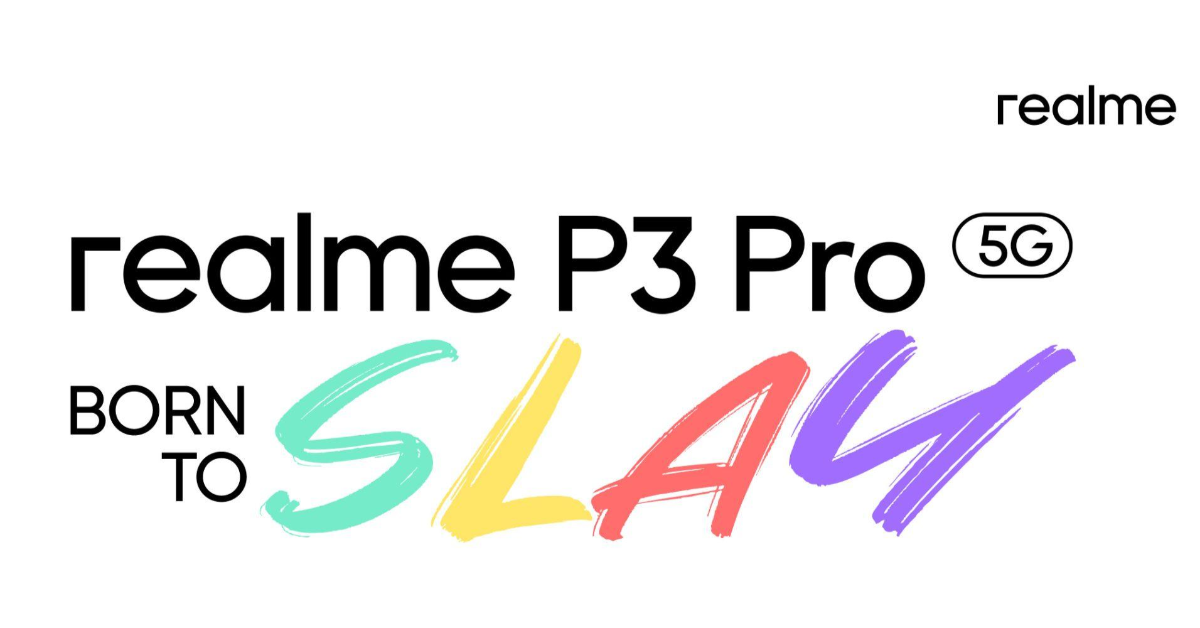



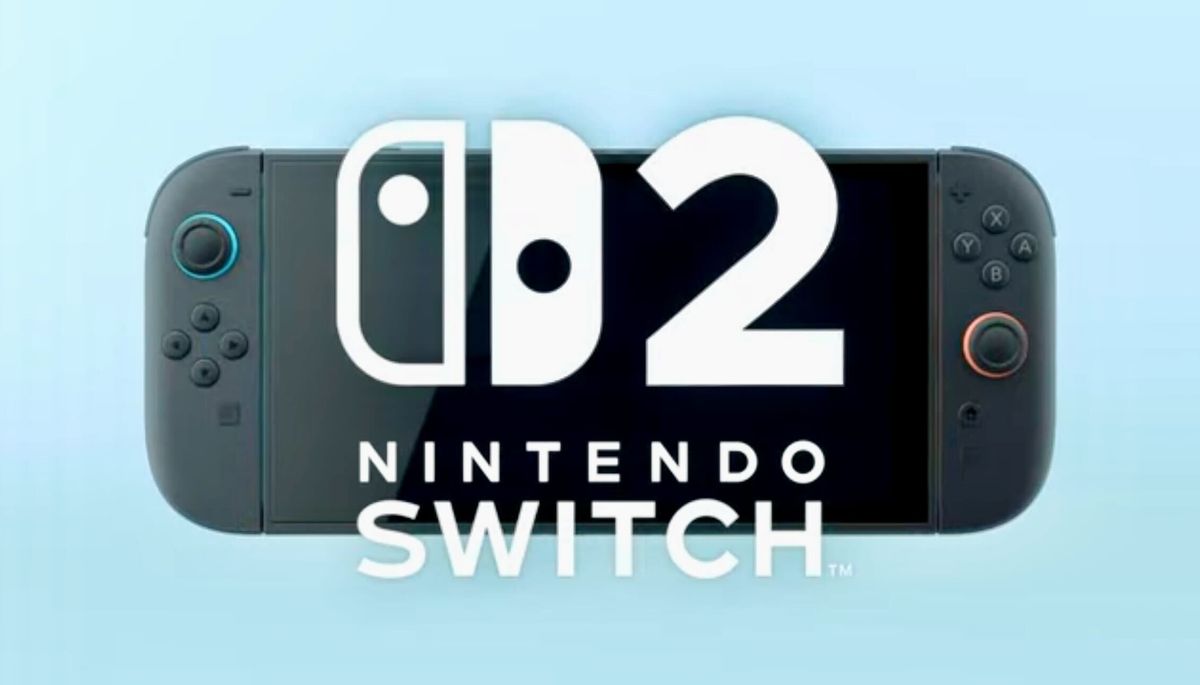



)





 English (US) ·
English (US) ·